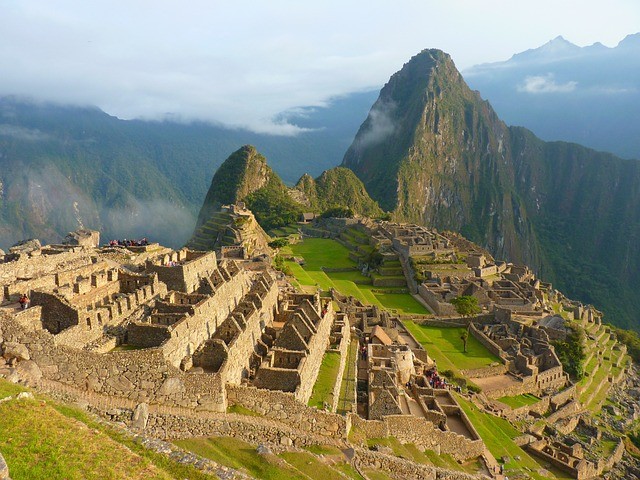Machu Picchu, the ancient Inca citadel located high in the Andes Mountains of Peru, holds immense spiritual significance as well as historical and archaeological importance. This sacred site, often referred to as the “Lost City of the Incas,” was built in the 15th century and later abandoned during the Spanish conquest. Here’s an exploration of the spiritual significance of Machu Picchu:
1. Inca Beliefs:
- The Inca civilization, which thrived in the Andes from the 15th century, had a complex and rich system of beliefs and spirituality.
- They worshiped a pantheon of gods and goddesses, with Inti, the sun god, holding a central role as the giver of life and prosperity.
2. Location and Alignment:
- Machu Picchu‘s location was carefully chosen by the Incas. It sits at 7,970 feet (2,430 meters) above sea level, high in the mountains, and is surrounded by sacred peaks.
- The site is also aligned with astronomical phenomena, with various structures and terraces serving as observatories for solstices and other celestial events.

3. Huayna Picchu and Inti Punku:
- Nearby peaks, such as Huayna Picchu (Young Peak) and Inti Punku (Sun Gate), are integral to the spiritual significance of Machu Picchu.
- Huayna Picchu is believed to represent the deity associated with rain and storms, while Inti Punku is associated with the sun god.
4. Ceremonial and Ritual Areas:
- Within Machu Picchu, there are numerous ceremonial and ritual areas, including the Temple of the Sun, the Room of the Three Windows, and the Intihuatana stone.
- The Intihuatana stone is of particular importance and is believed to have been used in rituals to tether the sun to the earth during solstices.
5. Pilgrimage Destination:
- Machu Picchu may have served as a pilgrimage destination for Inca nobility and priests. Pilgrims may have traveled great distances to reach this sacred site and engage in spiritual practices.
6. Harmony with Nature:
- The layout and design of Machu Picchu reflect the Inca’s reverence for nature and their belief in living in harmony with it.
- The agricultural terraces, which are a prominent feature of the site, are believed to symbolize the idea of reciprocity between humans and the earth.
7. Abandonment and Preservation:
- Machu Picchu was abandoned during the Spanish conquest in the 16th century and remained hidden from the outside world until its rediscovery by Hiram Bingham in 1911.
- Its remote location and relative isolation helped preserve its structures and the spiritual aura that surrounds it.
8. UNESCO World Heritage Site:
- In 1983, Machu Picchu was designated as a UNESCO World Heritage Site, recognizing its cultural and historical significance.
9. Modern Spiritual Significance:
- Today, Machu Picchu continues to hold spiritual significance for many people, including those who visit as tourists and those who undertake the Inca Trail as a pilgrimage.
Machu Picchu’s spiritual significance lies not only in its physical attributes but also in the aura of mystery, history, and natural beauty that surrounds it. It serves as a living testament to the spiritual beliefs and practices of the Inca civilization, and its enduring allure continues to captivate the hearts and minds of visitors from around the world.











